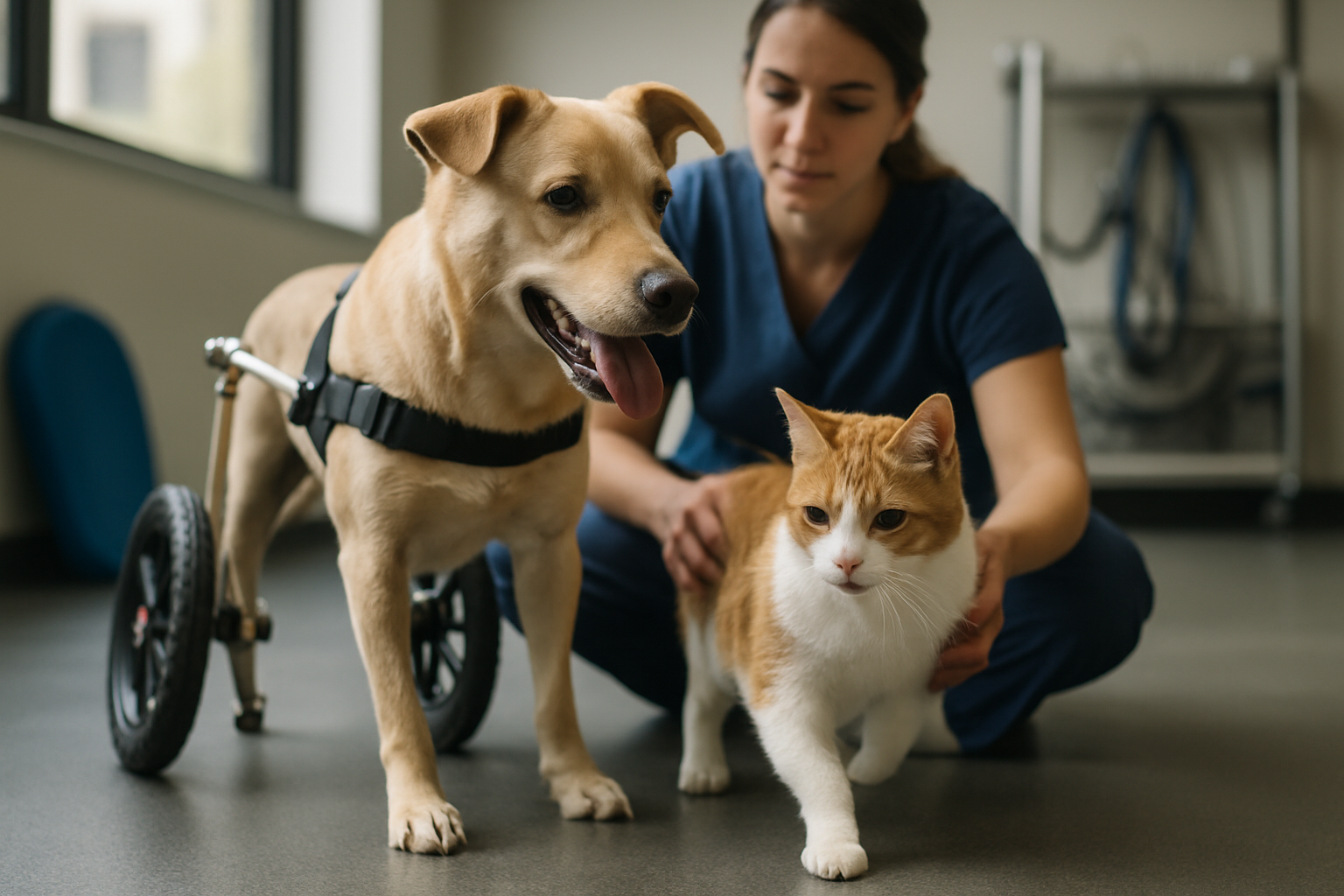Essential Guide to Pet Insurance: Protect Your Furry Friends in 2025 and Beyond
As pet owners, we want the best for our furry companions. With veterinary costs on the rise and unexpected health issues always a possibility, pet insurance has become an increasingly popular way to safeguard our pets' well-being and our finances. This comprehensive guide will help you navigate the world of pet insurance, ensuring you're well-prepared to protect your beloved animals in 2025 and beyond.

What are the basics of pet insurance coverage?
Pet insurance is designed to help cover the costs of veterinary care for your pets. Much like human health insurance, it typically involves paying a monthly premium in exchange for coverage of various medical expenses. The basics of pet insurance coverage usually include:
-
Accident and illness coverage: This helps pay for treatments related to unexpected injuries or illnesses.
-
Wellness coverage: Some plans offer preventive care benefits, such as vaccinations and annual check-ups.
-
Prescription medication coverage: Many policies help cover the cost of necessary medications.
-
Emergency care: This includes coverage for urgent veterinary visits and treatments.
Understanding these fundamental aspects of pet insurance can help you make informed decisions about the right policy for your furry friend.
What are the common risks for pets in modern households?
Modern households present various risks to our beloved pets, making insurance coverage increasingly important. Some common risks include:
-
Ingestion of toxic substances: Household cleaners, plants, and human foods can be dangerous for pets.
-
Accidents: Falls, car accidents, and injuries from other animals are potential hazards.
-
Chronic conditions: Pets can develop long-term health issues like diabetes or arthritis.
-
Breed-specific health problems: Certain breeds are prone to particular medical conditions.
-
Obesity-related issues: Sedentary lifestyles can lead to weight-related health problems in pets.
Being aware of these risks can help you choose a pet insurance policy that adequately covers potential health issues your pet may face.
How do you interpret policy terms and exclusions for pet owners?
Understanding the fine print of pet insurance policies is crucial for making an informed decision. Key terms and exclusions to look out for include:
-
Waiting periods: The time between policy purchase and when coverage begins.
-
Pre-existing conditions: Most policies don’t cover conditions that existed before the policy start date.
-
Annual limits: The maximum amount the policy will pay out in a year.
-
Deductibles: The amount you must pay before insurance coverage kicks in.
-
Reimbursement rates: The percentage of covered costs the insurer will pay after your deductible.
-
Exclusions: Specific conditions or treatments not covered by the policy.
Carefully reviewing these elements will help you avoid surprises when filing claims and ensure you choose a policy that best fits your pet’s needs.
What types of pet insurance plans are available and what do they offer?
Pet insurance plans come in various forms, each offering different levels of coverage:
-
Accident-only plans: These cover injuries from accidents but not illnesses.
-
Accident and illness plans: The most common type, covering both unexpected injuries and illnesses.
-
Comprehensive plans: These often include wellness care in addition to accident and illness coverage.
-
Wellness-only plans: Focused on preventive care, these plans cover routine check-ups and vaccinations.
-
Customizable plans: Some insurers allow you to build a plan tailored to your pet’s specific needs.
When choosing a plan, consider your pet’s age, breed, and health history, as well as your budget and desired level of coverage.
What expert insights can help prepare for future pet care expenses?
Veterinary professionals and financial experts offer valuable advice for managing future pet care costs:
-
Start early: Insuring your pet when they’re young and healthy can help avoid pre-existing condition exclusions.
-
Consider breed-specific risks: Research potential health issues common to your pet’s breed when choosing coverage.
-
Build an emergency fund: Even with insurance, having savings for pet care can provide additional financial security.
-
Invest in preventive care: Regular check-ups and a healthy lifestyle can help avoid costly health issues down the line.
-
Review and update coverage annually: As your pet ages, their needs may change, requiring adjustments to your policy.
These insights can help you make informed decisions about pet insurance and financial planning for your furry friend’s future.
How do pet insurance providers and plans compare in 2025?
When considering pet insurance, it’s essential to compare different providers and plans to find the best fit for your pet and budget. Here’s a comparison of some popular pet insurance options available in 2025:
| Provider | Plan Type | Coverage | Annual Limit | Deductible | Reimbursement Rate | Monthly Premium* |
|---|---|---|---|---|---|---|
| PetPlan A | Comprehensive | Accident, Illness, Wellness | $15,000 | $250 | 90% | $45-$65 |
| FurFriend B | Accident & Illness | Accident, Illness | $10,000 | $500 | 80% | $35-$55 |
| PawProtect C | Customizable | Varies | $5,000-$20,000 | $100-$1,000 | 70-90% | $30-$80 |
| WoofWellness D | Wellness-only | Preventive Care | $1,000 | $0 | 100% | $20-$30 |
*Monthly premiums are estimates based on a medium-sized, mixed-breed dog aged 2-5 years. Actual costs may vary based on pet age, breed, location, and chosen coverage.
Prices, rates, or cost estimates mentioned in this article are based on the latest available information but may change over time. Independent research is advised before making financial decisions.
In conclusion, pet insurance can provide valuable peace of mind and financial protection for pet owners. By understanding the basics of coverage, recognizing common risks, interpreting policy terms, comparing available plans, and considering expert insights, you can make an informed decision to safeguard your furry friend’s health and your wallet in 2025 and beyond. Remember to regularly review your pet’s insurance needs as they age and as new options become available in the ever-evolving pet care landscape.




